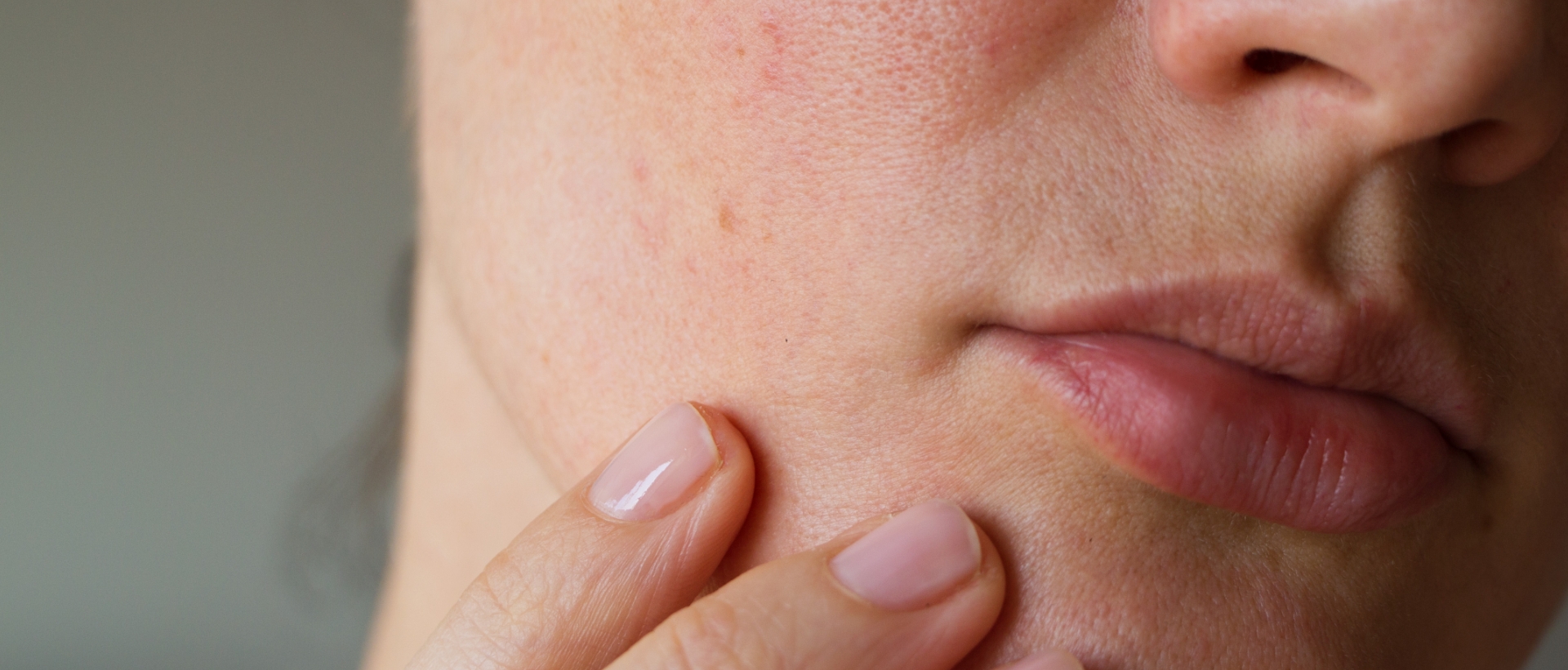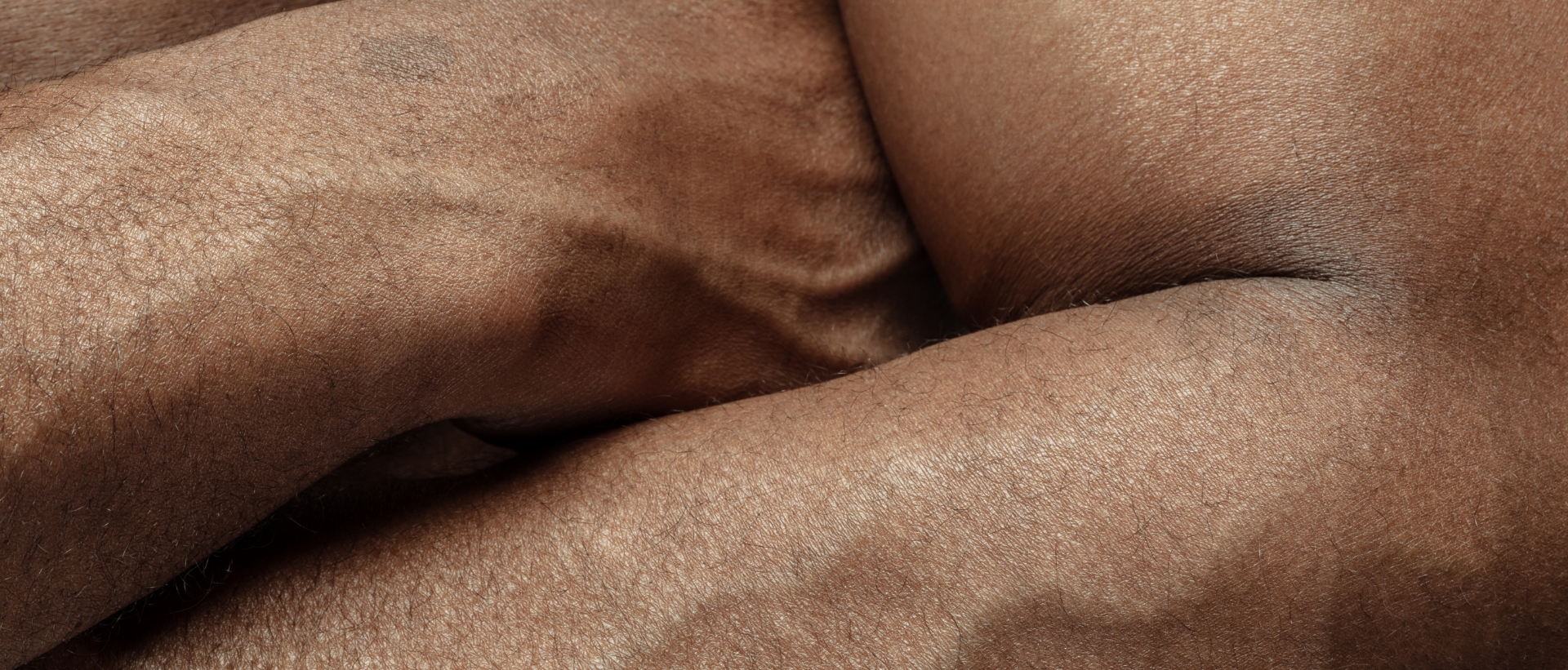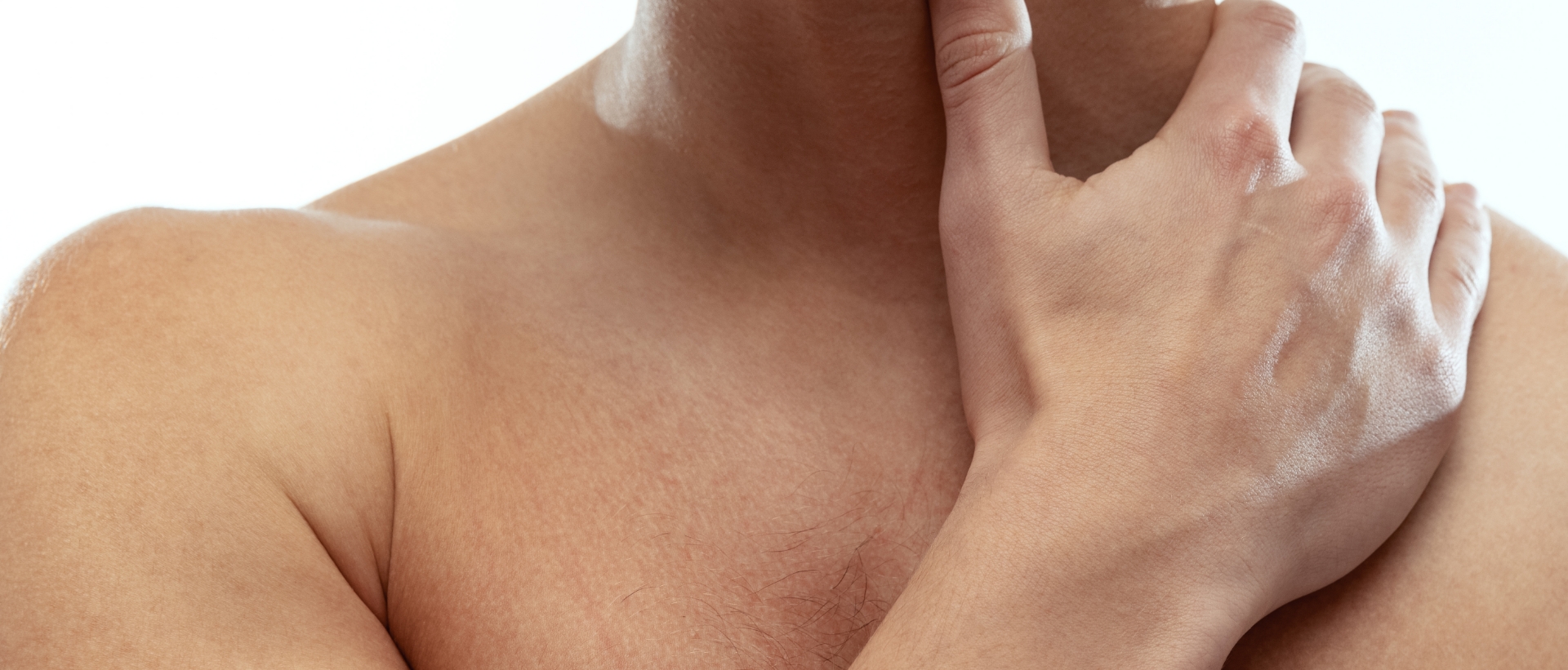What exactly are Epidermoid Cysts? Dr Skin Surgery answer your questions about cysts and what to expect from cyst removal
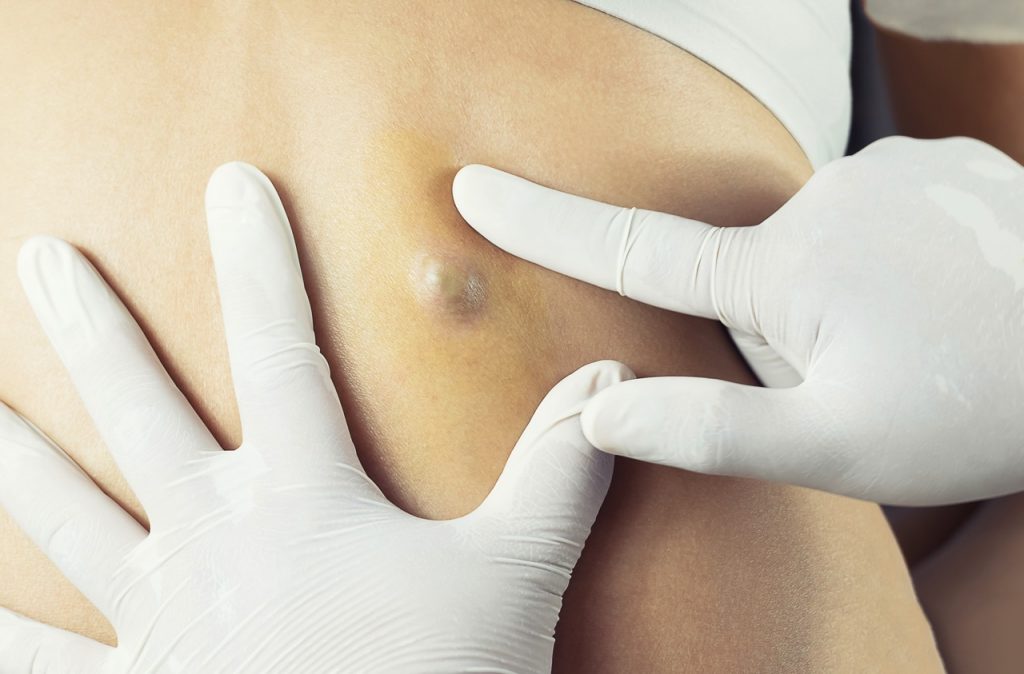
Skin cysts come in many forms and although usually completely harmless, those who have them may not like the way they look or feel. In this case, you may look to get your cyst removed. In this article, Dr Skin Surgery will be addressing common questions and concerns you may have about cysts.
What is a skin cyst?
A cyst is a fluid-filled lump situated in the dermis, which is just under the skin’s surface. Typically found on the face, neck, chest, shoulders or skin around the genitals, there are many different types of cysts that can occur on the body. They are usually yellow or white, often with a small plug through which pus may be able to be squeezed out. Most cysts are benign, or noncancerous, and usually painless unless they become infected.
Why do cysts form?
In the top layer of skin, keratin is produced which gives skin its flexibility and strength. Normally, cells move to the skin’s surface as they die so that they can shed. However, the cells can sometimes move deeper into the skin and begin to multiply, resulting in a sac being formed. They secrete keratin into the sac, forming a thick, yellow-coloured paste. They can occur in anyone, but are more common after puberty, if you’ve injured the skin (for example a hair follicle), or if you have a history of acne.
What are Epidermoid Cysts and Pilar Cysts?
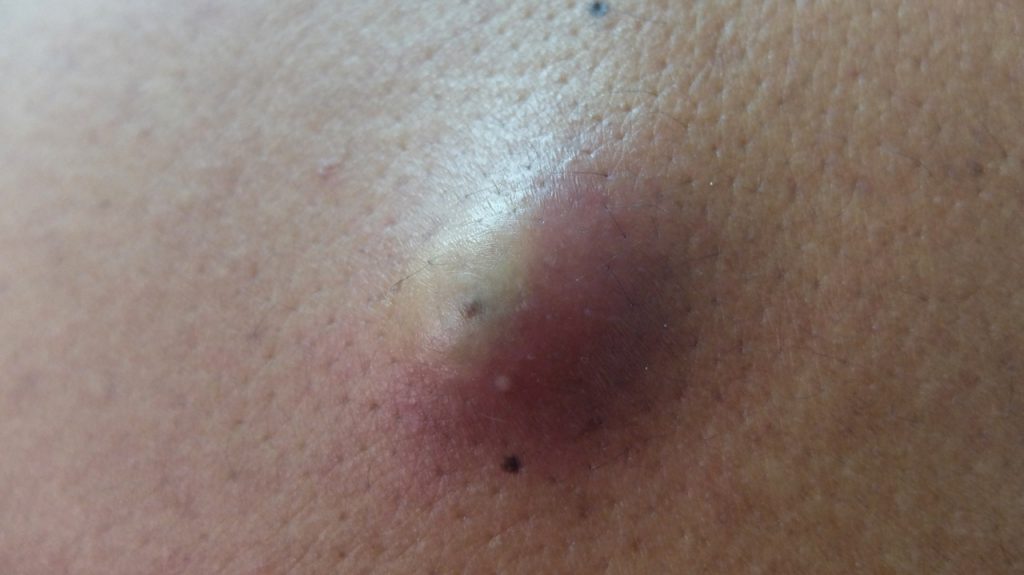
There are many different types of cysts, the most common being Epidermoid Cysts and Pilar Cysts. Epidermoid and Pilar Cysts are often referred to as Sebaceous Cysts, (although this is not strictly correct) and are harmless lumps under the skin which are made up of keratin, a structural fibrous protein that makes up skin, hair, and nails.
An Epidermoid Cyst forms from cells that typically occur on the epidermis – the top layer of the skin. Pilar Cysts are slightly different, as they form around hair follicles – the opening on the surface of the skin through which hair grows. They most commonly affect middle-aged individuals, particularly women. Unlike epidermoid cysts, they are hereditary (run in families).
These cysts are often small, around the size of a pea, but they can become bigger over time to the size of a few centimetres.
What is the difference between cysts and lipomas?
Cysts and lipomas are similar in that they are both slow-growing lumps underneath the skin layer that move easily when gentle pressure is applied. However, the sacs that form cysts are not made up of fat cells, instead containing keratin.
How does cyst removal surgery work?
After local anaesthetic is administered to numb the area, a cyst is removed via excision – making a tiny cut in the skin – before being squeezed out. The patient will be left with a small scar left after the straightforward surgical procedure, which usually only takes around 45-60 minutes to complete.
When should I get a cyst looked at?
It can be hard to tell whether a lump is a cyst or something else that might need treatment, especially as they are concealed under the skin layer.
If you have a lump, you should go and see a GP so that it can be diagnosed – especially if you believe it is infected at which point antibiotics can be prescribed. Benign cysts are not typically removed on the NHS and do not require removal unless you are bothered by the look or feel of them. Whilst cysts can disappear without treatment, if you would like to get rid of a cyst you may need to get in touch with a private specialist skin doctor such as Dr Skin Surgery.
At Dr Skin Surgery, we are experts in the removal and treatment of various skin concerns including skin cysts. Our doctors take great care in assessing your skin cyst and explaining to you the best course of action to get your individual lesion removed. We then ensure that your skin cyst is sent off for a full histological report to rule out anything harmful.


